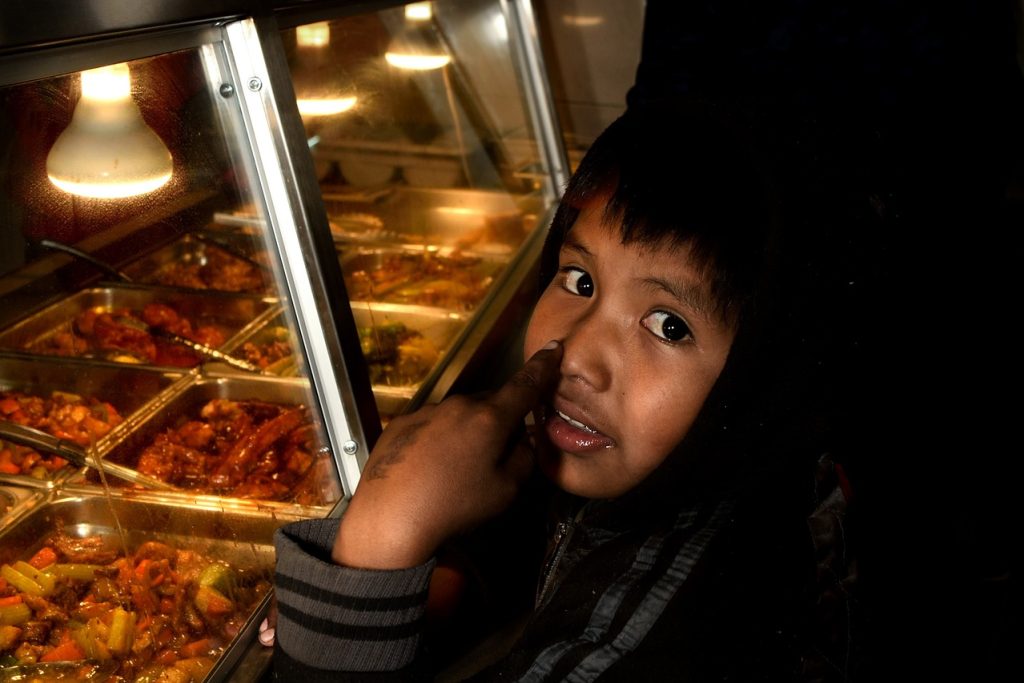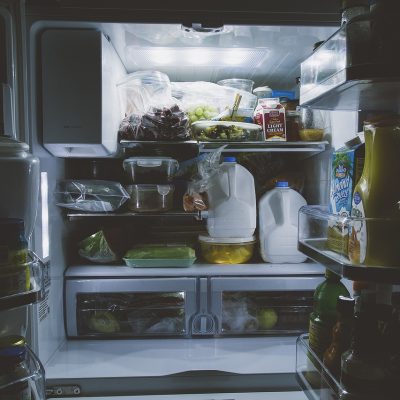Healthy food is not always accessible, particularly in low-income regions and communities of color. “Food deserts” is what some people call them, but I prefer the term “food apartheid.” These unrecognized regions draw attention to the political and exclusive practices that keep people from having adequate nutrition and leave communities feeling powerless.
However, the decisions we make as a community as consumers and policymakers may improve food justice and support local farms.
Intense Connection to Food Sources
Colorado’s past and present both show that we need each other to succeed. Our ability to make agriculture available to all of us hinges on our ability to forge strong bonds with:
- Our neighbors
- Local economy
- Cultural traditions
- Natural surroundings, and most of all, with one another. More than ever, a community effort is required.
We need sustainable, inexpensive solutions that provide everyone access to local food, regardless of socioeconomic status or location. I know personally that we must support local farmers so we may eat and flourish.
Customers help us by buying Colorado Proud goods. It also requires legislators to contribute financially via subsidies like the Local Food Assistance Program, which helps small merchants in rural Colorado offer fresh, local food.
Food Source Near Me
We can rebuild and renew human communities and local food systems via shared connections and ownership. How?
- Hospitals and schools should buy more food from local farmers. What if hospitals’ components came from local farms? This might assist support young, starting, minority, and family farms. Hospitals may also grow vegetable gardens for patients and the community.
- Schools may give meals, too. Overflow fields on school property, particularly in rural Colorado, might be utilized by local farmers to cultivate for their communities. Schools should invest in cold storage for their cafeterias and communities.We can establish a hybrid, multi-purpose food system for hospitals and schools that favor local and regional food. Suppose we focus on land access, dignity, and viability of local farmers to build strong regional food systems. In that case, while partnering with institutions, community organizations, and retailers whose procurement choices and operations benefit people, animals, and the planet – we will have farmers who provide more hyper-local food while also creating more space for small farmers to grow on untapped acreage. We may all rejoice.
- Due to supply chain concerns, retailers may wish to investigate local items, particularly in low-income regions. East Denver Food Hub, Valley Roots Food Hub, Taproot Cooperative, High Plains Food Co-op, and Mountain Roots Food Project assist local farmers in getting their goods to even the tiniest merchants, keeping the footprint as small as possible and improving access for everyone. Partnerships and retail cooperation are crucial for delivering fresh food and resources to food-insecure areas and significant institutions.
- Consumers are power brokers who eat. Choosing local food may help our farmers, economy, ecology, and heritage. As consumers, we must regard ourselves as life and land stewards with purchase obligations. Look for Colorado Proud produce. Farmer’s markets.
Localize: Understand current agriculture policy: Our regional foodshed institutions, merchants, and consumers may help anchor our communities with food. Farmer-to-farmer, consumer-to-farmer, and community-to-farmer connections help maintain individuals, the ag business, and the Colorado economy.
We can change food availability in our state by committing “village-wide” to these partnerships.
Feature Image: Pixabay
Also, see:





